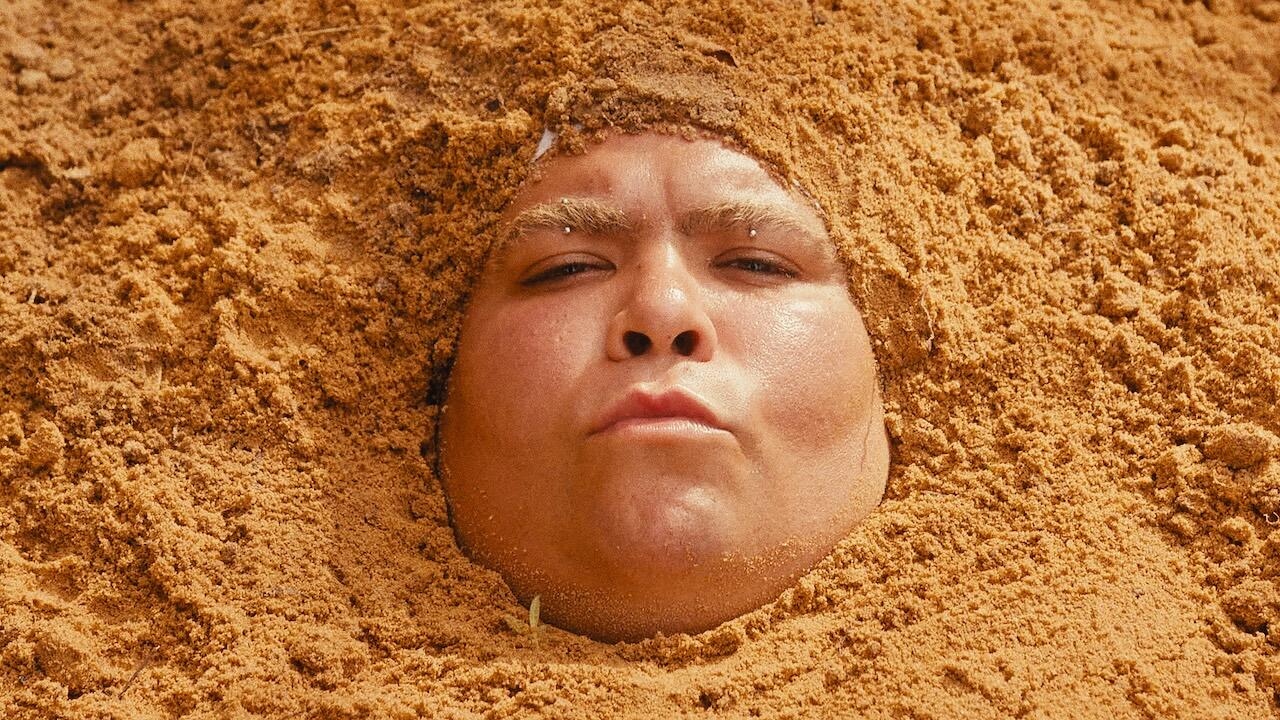The Future of the Image
Jacques Rancière, (Verso, London, 2007)
Jacques Rancière, (Verso, London, 2007)

This short but rich selection of Jacques Rancière’s essays on art and cinema begins with a description of the opening scene of Robert Bresson’s film Au hazard Balthazar (1966), the story of a much-abused and saintly donkey. The creature is seen in fractured close-up, with voices off – the first of numerous such shots that have encouraged hasty descriptions of Bresson’s style in terms of a sort of cinematic purism. It is no such thing, says Rancière: this intense visual concentration is actually borrowed from the 19th-century novel, and especially from Gustave Flaubert’s focus on such details as Emma Bovary’s fingernails or her husband’s ugly hat. There is, argues Rancière, no artistic purity: be it the ‘painterly’, ‘cinematic’ or ‘literary’, such categories conceal constant miscegenation.
This is not, on the face of it, an alarming assertion, but Rancière’s point has more radical ramifications. In ‘The Painting in the Text’, for example, he shows how the autonomy of painting – Clement Greenberg’s formalism is the shorthand critical instance from the last century – in fact depends on the work splitting itself in two and self-consciously announcing its own devotion to nothing but the nature of painting. Not only does the 19th-century dream of an autonomous art depend on a critical language of deft description and metaphoric skill, but the works themselves become their own metaphors, pointing at themselves in a rhetorical, literary or theatrical fashion. Word and image are inseparable, an argument that here puts paid also to certain theories regarding photography: for example, Roland Barthes’ either/or prospect of coded image on the one hand and pure presence, or punctum, on the other.
Rancière’s is not just an argument against certain rarefied formalisms of the past – if that is what they are: the above dismissal of Barthes’ Camera Lucida (1980) seems more than a little schematic – but a way of approaching contemporary art with a proper sense of the aesthetic and conceptual stakes of its mixed modes. Jean-Luc Godard is a pivotal figure in this regard: his Histoire(s) du cinéma (1988–98) provides numerous examples of what Rancière calls the sentence-image. In the conjunctions of word and image made possible by video art, argues Rancière, a new sort of montage is evident: a montage based on affinities and correspondences rather than dialectical clashes. Its great danger, however, is that it may turn out to be merely nostalgic or mysterious: a comforting mélange of disparate arts and styles.
Much of the value of Rancière’s writings on art and aesthetics arises from his initial refusal of terms that are self-evident to the point of invisibility – Modernism is the obvious one – and his interest instead in tracing the elaboration of less easily periodized aesthetic regimes. This can lead to odd conjunctions: most intriguingly in an essay entitled ‘The Surface of Design’ he posits formal links between the Symbolist poetry of Stéphane Mallarmé and the products, advertisements and architecture dreamt up by Peter Behrens of the German electricity company AEG. What they had in common, he writes, was ‘the same idea of streamlined forms and the same function attributed to these forms – to define a new texture of communal existence.’ Which function Rancière’s writing on art, at its best, also fulfils.
















